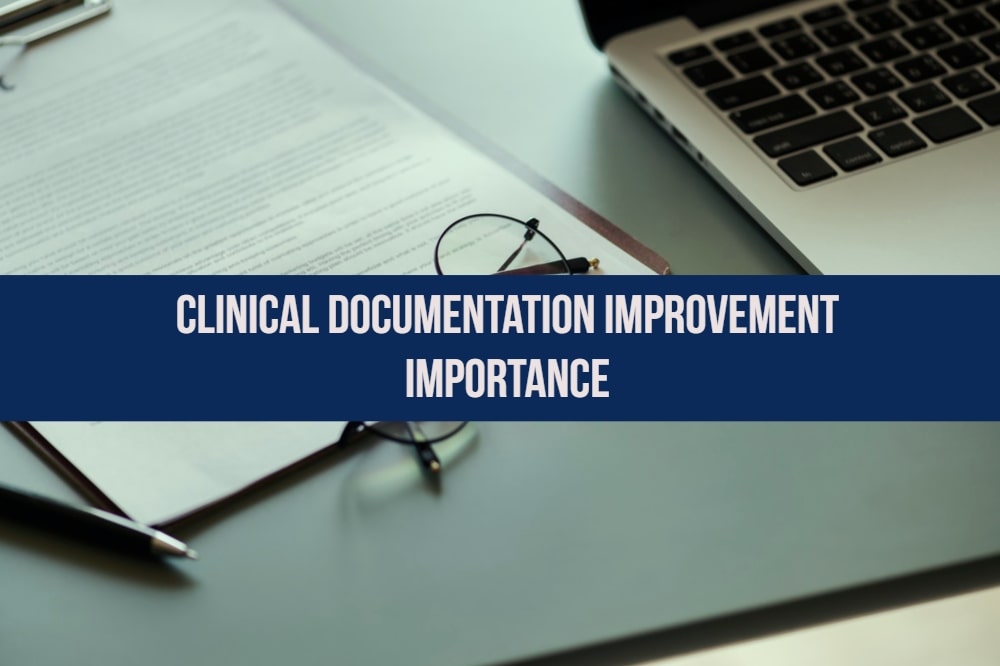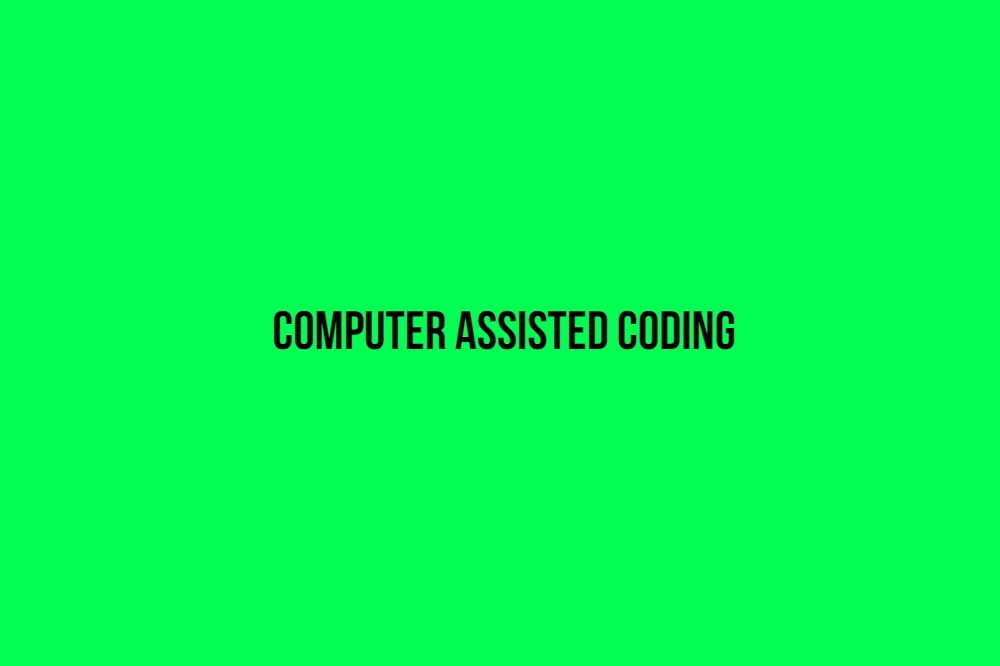The New Year witnessed a happy and healthy resolution connected to the importance of health information technology, made by The Centers for Medicare and Medicaid Services (CMS). The center stated in its release, “We are working diligently to improve the means for information exchange and electronic data sharing across and among providers and health systems.” CMS further added that it continues to move at full speed to build a “better, smarter and healthier” healthcare delivery system.
The Importance of Information Technology
Information and communication systems are the backbone of the healthcare delivery system. They are crucial to the delivery of care on all levels, from the patient to the care team; from the health care organization to the political-economic environment. Healthcare information infrastructure can be divided into three categories:
- Healthcare data standards and technical infrastructure
- Core clinical applications including EHRs and CPOE systems
- Information/communication systems
To deliver healthcare effectively and efficiently to individual patients, the healthcare providers need to have access to the patient’s health records guiding the process of patient care and the constantly changing medical-evidence base. Healthcare providers will also need information on patient preferences and values, along with information on the availability of supporting resources.
For patients to participate in the administration of their own care, they too require access to the same information. Hospitals and clinics need financial, clinical and administrative data in order to control and improve their quality and productivity. State funding & regulatory agencies, and research institutions need information to understand and manage the population health status. Information and information exchange is also critical to the application of systems-engineering tools for strategic applications and risk analysis.
However, the health care sector has historically trailed behind other industries in their investments in information technology. The majority of the investments made, have been concentrated more on the administrative side rather than on clinical care. The major factors responsible for this state of affairs are
- Payment/ reimbursement regimes and the lack of transparency
- Most business/provider groups are largely undercapitalized
- Weakness in the managerial culture for health care
- The hierarchical nature and rigid division of labor in healthcare
- Until recently, the technical immaturity of clinical information systems.
A brief history of health information infrastructure
The first prototype systems for transforming paper medical records to electronic medical records (EMRs) were developed in the mid-1960s. Although a number of large integrated health provider organizations adopted the EMR systems, there was very little diffusion of these systems over the next two decades. The 1990s saw the Institute of Medicine (IOM) calling for the adoption of EMRs as a critical step in moving healthcare delivery towards information technology supported improvements. The turn of the century saw calls for the development of a comprehensive healthcare information infrastructure. This led to action in the private and public sector to lay the groundwork of the National Health Information Infrastructure (NHII). The NHII was given new impetus in 2004, with President Bush calling for national implementation of EMRs and announcing the creation of the Office of the National Coordinator for Health Information Technology (ONCHIT). November 2004 saw ONCHIT issue a Request for Information (RFI) for a National Health Information Network (NHIN) and asking for proposals to advance interoperability and standards. The NHII will provide a platform for the application of emerging information technology that impact healthcare processes and outcomes.
Making “better, smarter and healthier” a reality
According to Kate Goodrich, MD, MHS, CMS’s Director at the Center for Clinical Standards and Quality, the use of healthcare information technology such as EHR and data are critical pieces in building this healthcare delivery system. To help make this goal of a “better, smarter and healthier” healthcare delivery system a reality, CMS has released a Request for Information (RFI), due date February 1, 2016; in collaboration with the Office of the National Coordinator for Health Information Technology, requesting public commentary about health IT certification and EHR products, including Hospital Inpatient Quality Reporting (IQR) Program and the Physician Quality Reporting System (PQRS) within a 30 day period.
CMS also wants feedback about the frequency of recertification, the number of CQMs a certified Health IT Module should have to be certified and testing of certified Health IT Modules. This would provide CMS and ONC with opportunities to access policy options that could improve the effectiveness of health IT systems. CMS believes that this feedback will provide new considerations regarding future rules on CMS program quality measure reporting.
As Kate Goodrich wrote in her blog, “We are working diligently to improve the means for information exchange and electronic data sharing across and among providers and health systems, increase opportunities for stakeholders to provide feedback, and enhance mechanisms for the capturing of clinical information in EHRs, registries, and other systems to assist with quality reporting and care coordination.”



